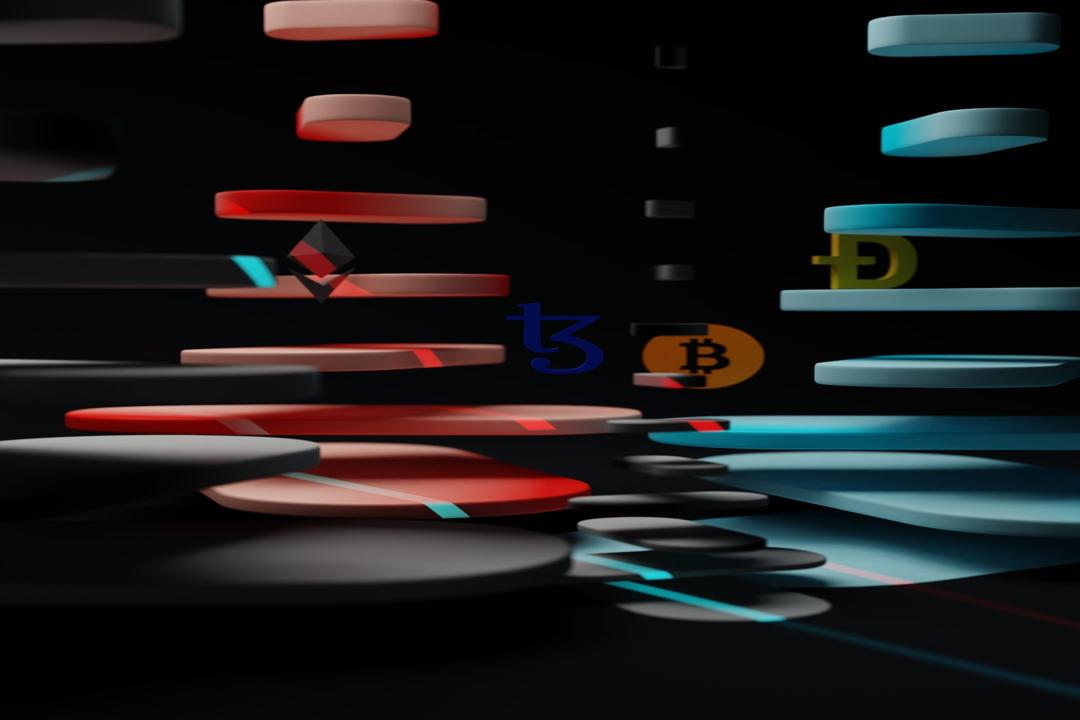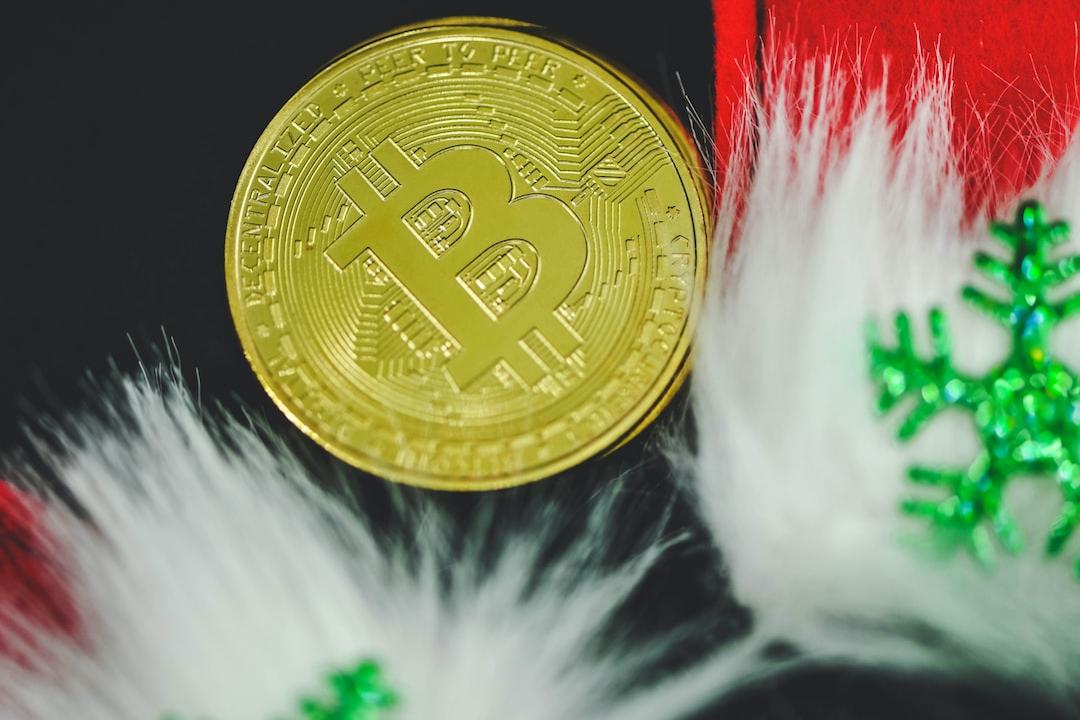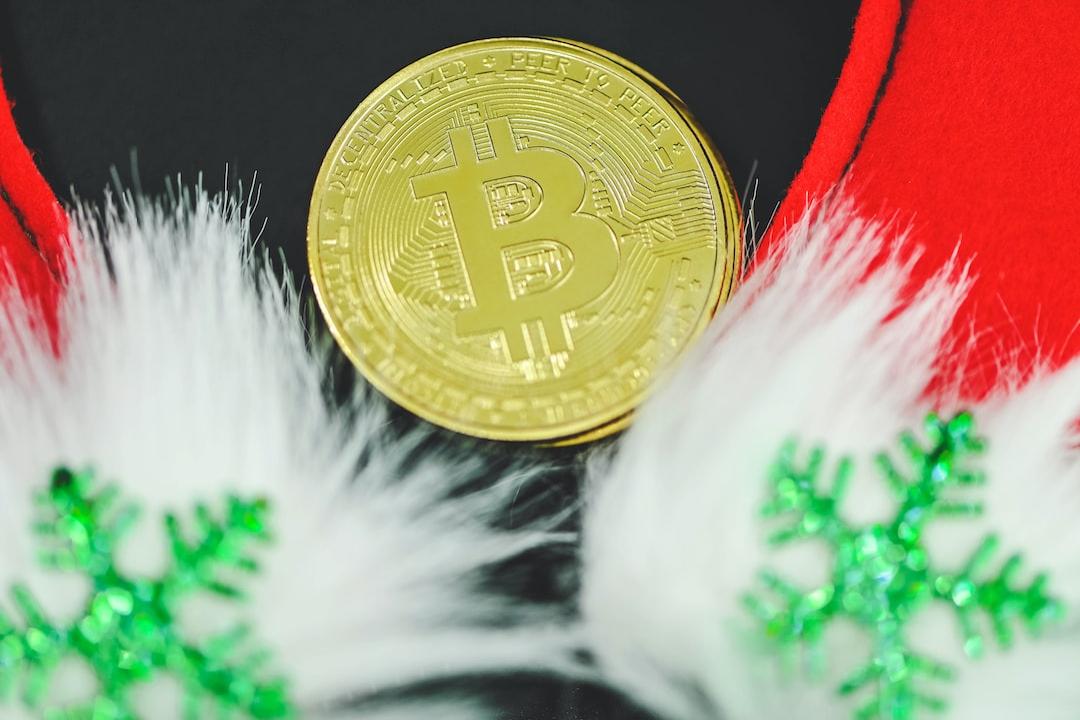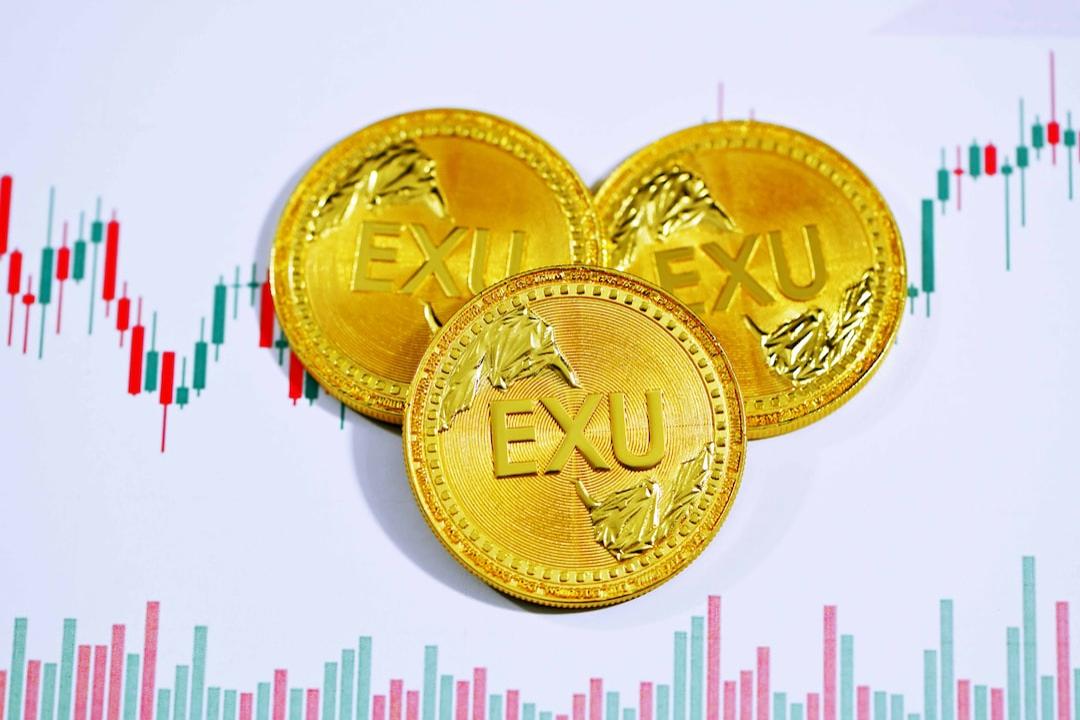Bitcoin has always relied on block rewards and on-chain transaction fees to support miner income and maintain network security. However, with the halving of block rewards and the increasing number of Bitcoins being held by centralized institutions, the future of on-chain transaction fees fully replacing block rewards seems rather bleak.
(SEC **Comments on Bitcoin ETF: Centralized ETFs Satirize Satoshi Nakamoto’s Decentralized Vision)
Potential Dilemmas of Bitcoin
@DU09BTC’s tweet analyzed the ongoing dilution of fees on the Bitcoin mainnet, sparking widespread discussion within the crypto community.
Bitcoin is in trouble.
If nothing changes soon, things won’t be pretty.
I’m not talking about the halving schedule or block rewards, it’s much more serious than that.
A thread 1/17 ?pic.twitter.com/i1o9TZAlqX
— Duo Nine ⚡ YCC (@DU09BTC)October 27, 2024
I. Massive Launch of Wrapped Bitcoins
Currently, a significant number of wrapped Bitcoins, such as wBTC, cbBTC, and tBTC, have emerged in the market. Each time Bitcoin is converted into wrapped Bitcoin, it means that these native Bitcoins will remain inactive on-chain and will not generate transaction fees. These wrapped Bitcoins are transferred to other blockchains like Ethereum, gradually diluting the value and liquidity on the native Bitcoin network. As DeFi grows, more and more of Bitcoin’s value is exported, rendering it ineffective on its original chain.
@DU09BTC pointed out:
With the development of DeFi, an increasing amount of BTC will be idle on the native chain, as its value has been exported to wrapped Bitcoins. BitGo has wBTC, Coinbase has cbBTC, Kraken has kBTC, and Threshold has tBTC. Do you think this is where it ends? What about 10 years from now? There will be even more!
(Sonko Takes Over WBTC Raises Concerns! BitGo and BiT Global Reach New Cooperation, MakerDAO Proposal Initiates Risk Control)


Illustration of Wrapped Bitcoin Custody
II. Concerns Regarding ETFs and Third-Party Custody
With multiple Bitcoin ETFs approved, asset management institutions such as BlackRock and Coinbase hold substantial amounts of Bitcoin assets, but these are not native Bitcoins; instead, they provide indirect ownership through holding tokens. This means that even if ETF trading is active, the actual Bitcoin trading volume does not reflect on the native network, and such “value output” poses a potential threat to the security of the Bitcoin network.


Total Inflows into Bitcoin ETFs
III. Impact of Third-Party Custody on Network Security
When Bitcoins are held by third parties, asset ownership shifts to indirect holding. If these third parties fail to fulfill their commitments for specific reasons, asset holders will face risks, which further leads to a reduction in transactions on the Bitcoin network, directly affecting miner income and undermining overall security, contradicting the original intention of Bitcoin. The security of the Bitcoin mainnet primarily comes from the substantial computing power provided by miners, who rely on block rewards and transaction fees for income. As more and more Bitcoins are held by third parties and external blockchains, the transaction fee income for Bitcoin miners will be compressed, ultimately driving profit-seeking miners away and impacting network security. He asked:
If all the value of the Bitcoin mainnet is exported, who will pay for the security of the Bitcoin network? Ethereum? Nasdaq? They won’t!
(Michael Saylor’s Bitcoin Custody Remarks Spark Controversy, Vitalik: This Is Not the Meaning of Cryptocurrency’s Existence)


Centralized Institutions’ Holdings Increasing Daily
How to Respond?
@DU09BTC mentioned that the aforementioned issues will not manifest immediately. Over the next twenty years, Bitcoin’s block rewards will still be considerable, but the demand for Bitcoin from third-party institutions will continue to rise. In response, he suggests:
Avoid holding Bitcoin through third parties: hold Bitcoin directly on-chain rather than through intermediaries.
Applications like Ordinals are beneficial to miner earnings and represent one of the futures of Bitcoin.
(Ordinals Creator Challenges “Bitcoin Maximalists”: A Guide to Facing Real-World Challenges)
The early Bitcoin chief developer Gavin Andresen, who previously worked closely with Satoshi Nakamoto, also envisioned a similar future. He anticipated in 2021 that by 2061, most Bitcoin transactions would not occur on the mainnet but would be locked in multi-signature outputs through multi-party computation, and would operate on another chain via wrapped mapping.
By 2100, block rewards will approach zero, and the transaction amounts conducted on the Bitcoin mainnet will be extremely high, mostly occurring between super whales (centralized exchanges, central banks, decentralized multi-signature addresses). There will still be approximately 20 million Bitcoins circulating on other chains, holding value due to their limited quantity, and because Bitcoin is the world’s first scarce digital asset.
(Early Developer Gavin Andresen Describes “The Future of Bitcoin”: Mainnet Closure in 2100, Cross-Chain Operations)

